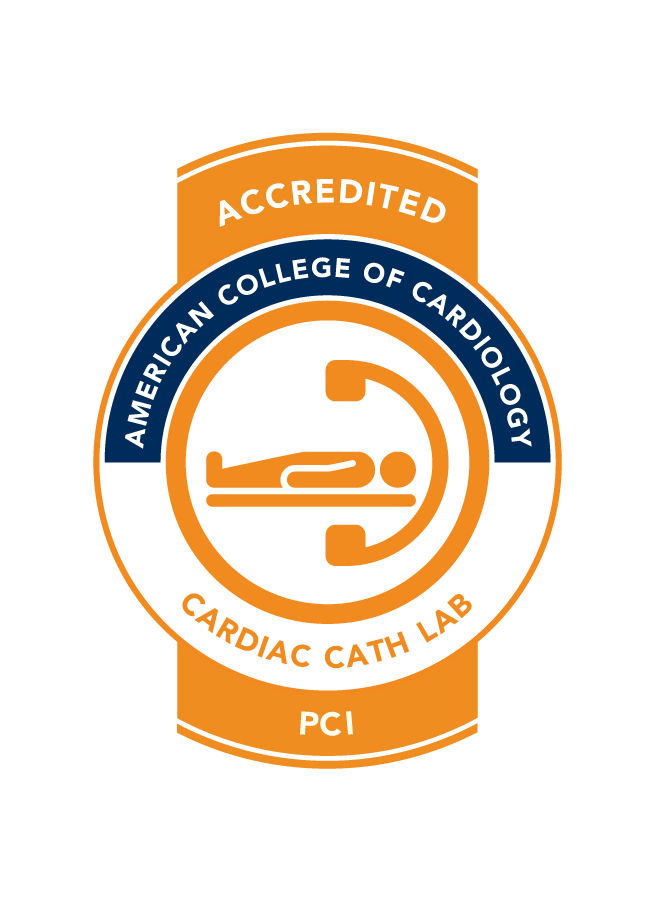Accessing the Heart through the Wrist
During a cardiac catheterization, interventional cardiologists thread a thin catheter through the large femoral artery in the patient's thigh to access the coronary (heart) arteries. Using X-rays, they look for signs of heart problems, such as coronary artery disease, and determine the size and location of fat and calcium deposits (plaque) that may narrow the openings in the arteries.
Contrast dye may be injected into coronary arteries so the vessels are more visible on the X-ray screen. Blockages can be removed with angioplasty. In this process, a tiny balloon is inserted and expanded to push plaque against the artery wall, restoring blood flow.
In the transradial approach, doctors reach the heart through the smaller radial artery in a patient's wrist. If a significant blockage is found, physicians can perform an angioplasty using radial access.
Excellence in cardiac catheter lab care
 TMC was awarded Cardiac Cath Lab Accreditation with percutaneous coronary intervention (PCI) by the American College of Cardiology for its demonstrated expertise and commitment in treating patients who come to a cardiac cath lab for care.
TMC was awarded Cardiac Cath Lab Accreditation with percutaneous coronary intervention (PCI) by the American College of Cardiology for its demonstrated expertise and commitment in treating patients who come to a cardiac cath lab for care.
Get a doctor referral
If you need a free referral to a cardiac specialist or physician at Texoma Medical Center in Grayson Country, TX, call the free service 903-416-3627 or search online.
Procedure Benefits
As opposed to the femoral approach, patients who have the transradial procedure can typically sit up immediately and leave the hospital the same day, as this method is designed to prevent bleeding. The transradial approach can be more comfortable for patients who have difficulty lying down for several hours such as those with chronic back pain and obesity.
The transradial cardiac catheterization approach is not for everyone. Patients who have advanced kidney disease, previously had coronary artery bypass surgery or have complex cases that require larger catheters may be better suited to the femoral approach. Make sure your physician is aware of any medications you are taking and any allergies to medication or iodine.
What to expect with Transradial Cardiac Catheterization
You will remain awake (under conscious sedation) during the procedure, so that you can follow your cardiologist's instructions. Once the catheter insertion site is numb from local anesthetic, a sheath will be placed in your arm that enables the cardiologist to insert the catheter into the radial artery in your wrist and up to the entrance of the coronary artery. A contrast dye will be injected through the catheter to help the cardiologist see the coronary arteries on the X-ray.
During this time, a camera will move around your body to obtain images. The last image will require a larger volume of contrast dye to give the cardiologist a clear picture of blood flow and how well your heart valves pump. You may feel a warm flush throughout your body, but the sensation will disappear in a few seconds. After the procedure, your cardiologist will provide the results. Formal instructions will be given to you by your cardiologist and/or physician.
Individual results may vary. There are risks associated with any surgical procedure. Talk with your doctor about these risks to find out if minimally invasive surgery is right for you.
